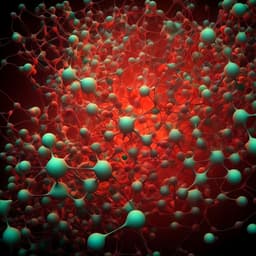
Space Sciences
Phosphate availability and implications for life on ocean worlds
N. G. Randolph-flagg, T. Ely, et al.
Dive into the fascinating exploration of subsurface oceans on moons in our outer solar system, as researchers Noah G. Randolph-Flagg, Tucker Ely, Sanjoy M. Som, Everett L. Shock, Christopher R. German, and Tori M. Hoehler reveal that these hidden worlds might harbor enough phosphate to support life, surpassing even Earth's deep oceans.
Playback language: English
Related Publications
Explore these studies to deepen your understanding of the subject.







